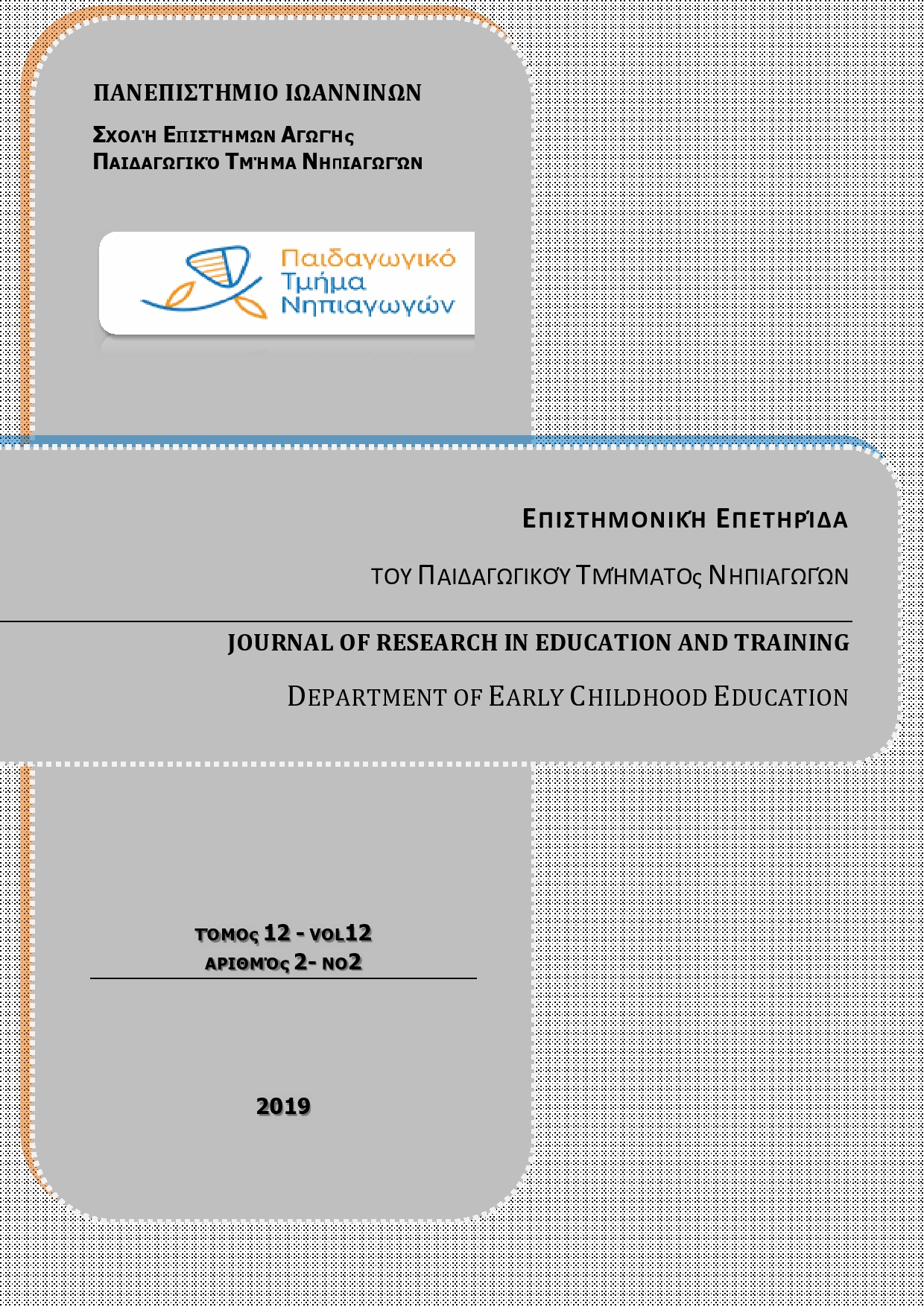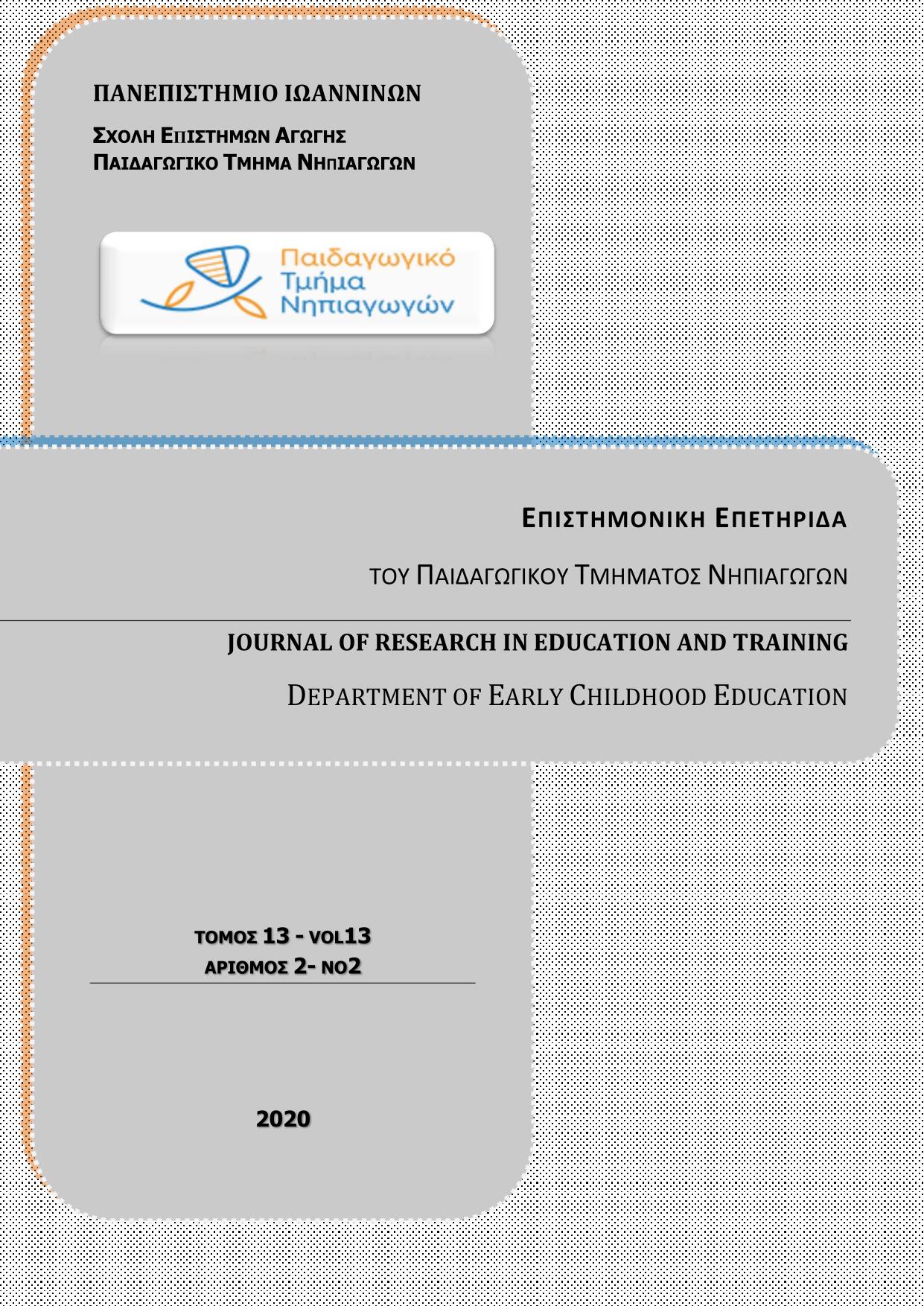Constructing different reading models for enhancing reading comprehension in adults

Abstract
Text comprehension is the construction of meaning of and from the words and phrases in written material. It is the reader’s construction of an understanding of the relationship between the information in the text and what the reader already knows. Factors that influence text comprehension concerning both the text attributes (type, size, consistency) and the characteristics of the individual, such as previous knowledge, individual differences in cognition, motivation and metacognitive monitoring and control skills. Comprehension monitoring mirrors an individual’s ability to judge one’s cognitive performance while informs the learner about her or his learning progress. Accurate monitoring plays a key role in the reading process, because it triggers the onset of cognitive processing of the material and regulates the engagement time with it, contributing to the self-regulation of reading. A lot of emphasis has been put on examining comprehension monitoring in adults, mainly students. This review attempts to present and interpret different research patterns aiming to improve comprehension monitoring accuracy.
Article Details
- How to Cite
-
Σοφολόγη Μ. (2020). Constructing different reading models for enhancing reading comprehension in adults. Journal of Research in Education and Training, 12(2), 197–224. https://doi.org/10.12681/jret.20219
- Issue
- Vol. 12 No. 2 (2019)
- Section
- Articles

This work is licensed under a Creative Commons Attribution-NonCommercial-ShareAlike 4.0 International License.
Authors who publish with this journal agree to the following terms:
- Authors retain copyright and grant the journal right of first publication with the work simultaneously licensed under a Creative Commons Attribution Non-Commercial License that allows others to share the work with an acknowledgement of the work's authorship and initial publication in this journal.
- Authors are able to enter into separate, additional contractual arrangements for the non-exclusive distribution of the journal's published version of the work (e.g. post it to an institutional repository or publish it in a book), with an acknowledgement of its initial publication in this journal.
- Authors are permitted and encouraged to post their work online (preferably in institutional repositories or on their website) prior to and during the submission process, as it can lead to productive exchanges, as well as earlier and greater citation of published work (See The Effect of Open Access).




